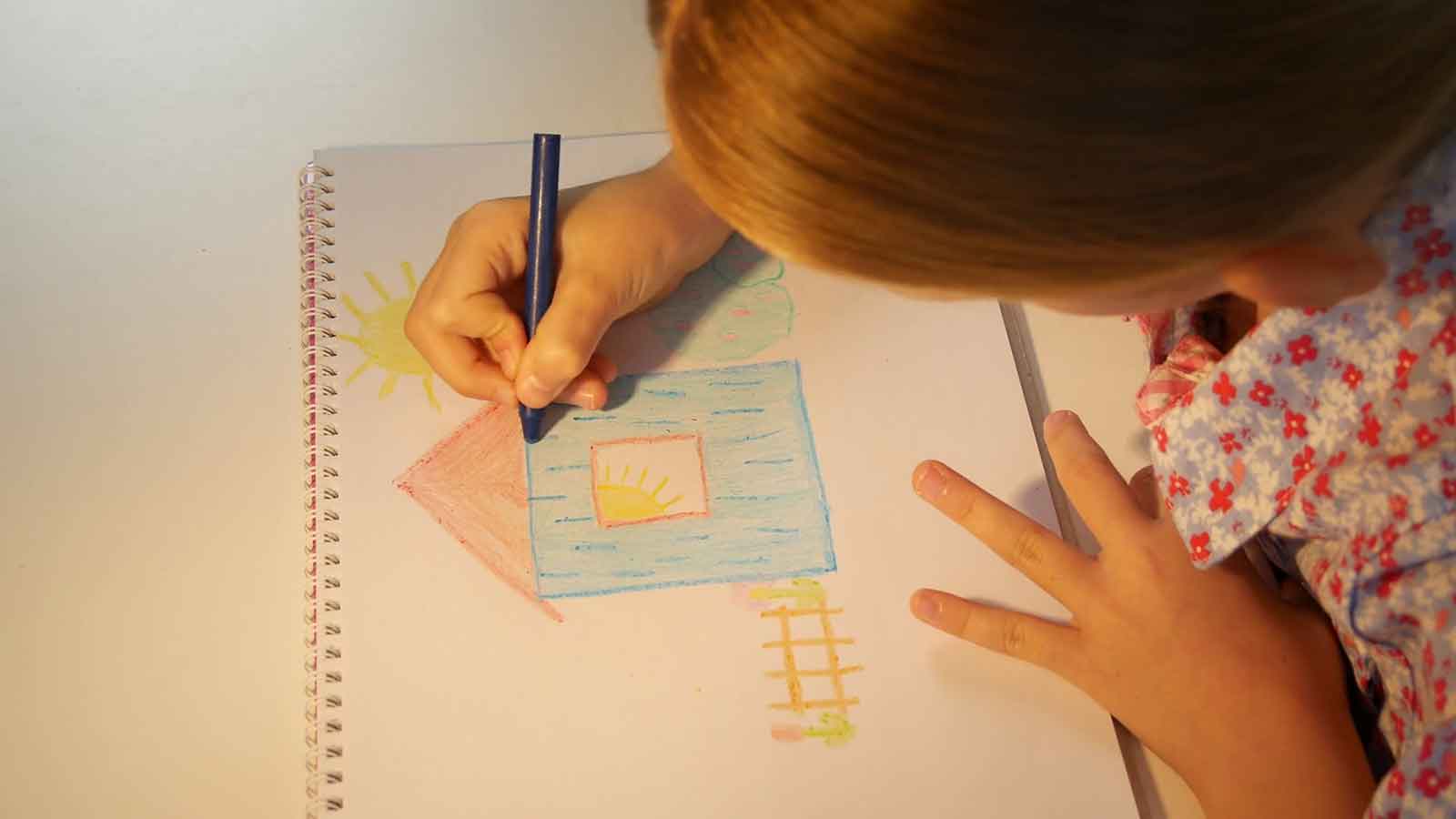The importance of penmanship for children
February 26, 2020
It is no secret that technology has invaded our lives. All the technological breakthroughs have improved our lifestyle, but they have also drastically changed the way we live and behave.
Probably the worst part of having technological devices so ever-present in our lives is that it is affecting the childhood and development of our children. It is enough to see how a child behaves these days to realize just how different things are now compared to when we were children. As a result of too much exposure to technology, children nowadays have weight-related issues, problems when it comes to interacting with peers, communication difficulties, and many more.

This type of news should be an alarm-bell for all the parents out there. Penmanship is vital for children and it is not an obsolete technique. Yes, we can do a lot of things with the help of mobile devices, but we should not forget that learning to hold a pen and writing is still a very important skill. Each of us should develop in a way that will enable us to be prepared for and cope with any kind of situation. So make sure you offer your child pencils from a very early age and help them develop these important skills.
Computers are unable to give us the emotions that are stirred by having a face-to-face conversation with another person. The debates that take place in a classroom, when students are discussing a subject with the teacher, are incredibly important for the development of emotional, linguistic and social skills. We need these skills in order to be able to interact with the people around us. Machines can’t show us how to do this properly as they are impersonal. This is why the presence of a teacher in the life of a person and in his or her learning process is of paramount importance.
Articles

In the period since COVID forced many of us back home and out of the office, remote work has become the new norm for many. The flexibility of working from home, especially for those with small children, is very compelling, but making a productive workspace is more than setting up a desk in the spare room. More people are seeking to create functional and comfortable workspaces in their homes, however, it can be difficult to strike the right balance between a professional office space and a cosy home environment. Here are some tips for designing a home workspace that meets both of these needs: Dedicate a specific area for work Designating a specific area for work is essential for separating work from leisure time. This could be a separate room or just a corner of a room. It is important to make sure that the workspace is free from distractions and clutter, as this will help you stay focused and productive. Choose the right furniture Ergonomic furniture is key to a comfortable and productive workspace. Invest in a comfortable chair, a desk that is the right height, and a good-quality mouse and keyboard. If you are prone to back pain, consider a standing desk. Add personal touches Just because your workspace should be functional, doesn’t mean it can’t be personal. Add photos, plants, and other personal items to make the space feel like your own. This will help create a sense of comfort and make you feel at home in your workspace. Good lighting Good lighting is essential for a comfortable workspace. If possible, place your desk near a window for natural light. If not, invest in a high-quality desk lamp to provide bright, even light. Keep it organised An organised workspace will help you stay productive and focused. Use desk organisers, filing cabinets, and other tools to keep your work area free from clutter. A clean and organised workspace will also help you start each day with a clear mind. Consider your work style Think about the type of work you do and how you like to work. If you prefer a minimalist workspace, opt for a simple desk and a few basic supplies. If you need space for multiple screens and other technology, make sure you have enough room to work comfortably. Take breaks It’s important to take breaks throughout the day to avoid burnout. Step away from your desk, go for a walk, or do some stretching exercises to clear your mind and recharge.












